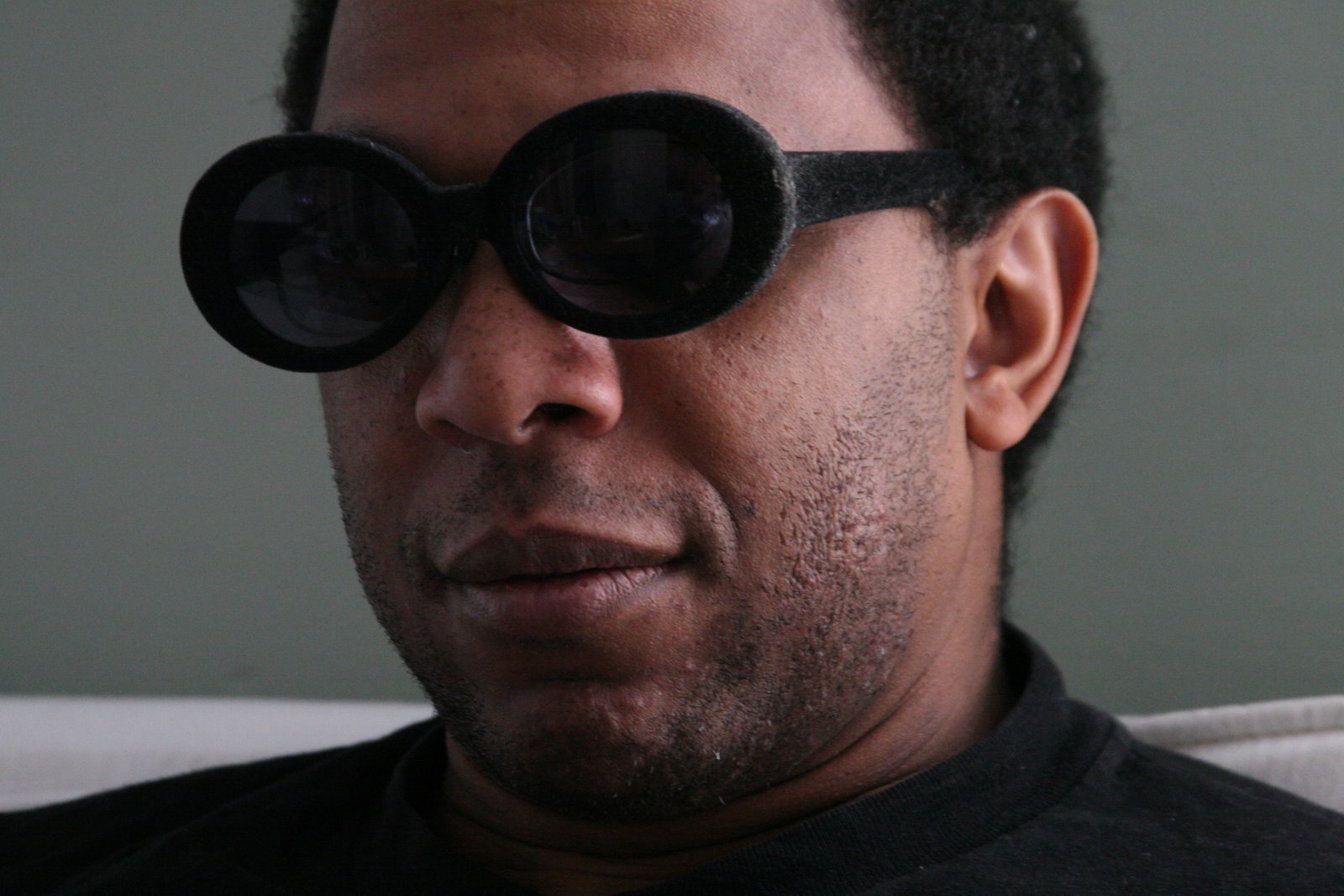THE TROUBLE WITH YOUTH
by Donald Kuspit "All modern art begins to appear comprehensible. . . when it is interpreted as an attempt to instill youthfulness into an ancient world," José Ortega y Gasset wrote in The Dehumanization of Art, adding that "Europe is entering upon an era of youthfulness."(1)
This was written over three-quarters of a century ago. A century before that, in the "Squibs" section of his Intimate Journals, Baudelaire wrote that "nowadays. . . youth itself is a priesthood -- at least according to the young."(2) The cult of youth, even of childhood -- what might be called the regressive search for the original freshness of being, for the innocent spontaneity and playfulness of the child -- is a constant of the avant-garde outlook.
Kandinsky called the child "the greatest imaginer."(3) When, in A Philosophy of Toys, Baudelaire wrote "I have. . . retained a lasting affection and a reasoned admiration for that strange statuary art which, with its lustrous neatness, its blinding flashes of color, its violence in gesture and decision of contour, represents so well childhood’s ideas about beauty,"(4) and when, in the manuscript Diverses Choses, 1896-1897, Gauguin writes that "man has certain moments of playfulness, and infantile things, far from being injurious to. . . serious work, endow it with grace, gaiety and naiveté," and that, in search of an image of the horse, he "go[es] back very far, even farther than the horses of the Parthenon. . . . as far as the toys of my infancy, the good wooden hobby-horse,"(5) he and Baudelaire are saying the same thing.
Thursday, December 27, 2007
Subscribe to:
Post Comments (Atom)

No comments:
Post a Comment